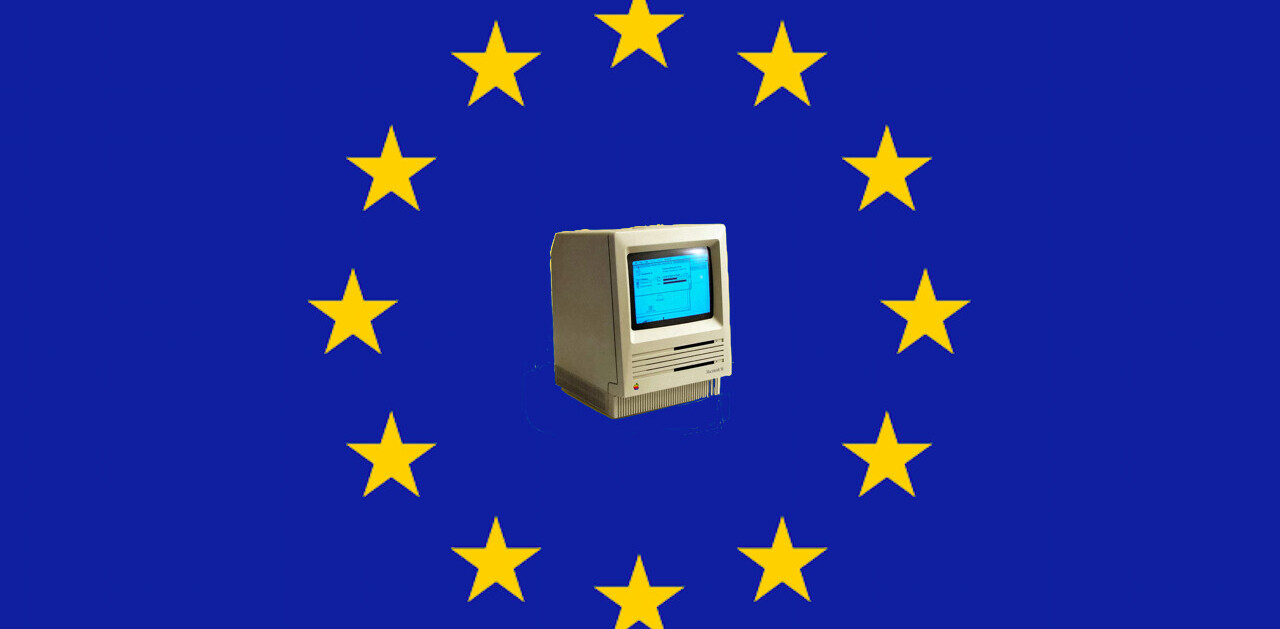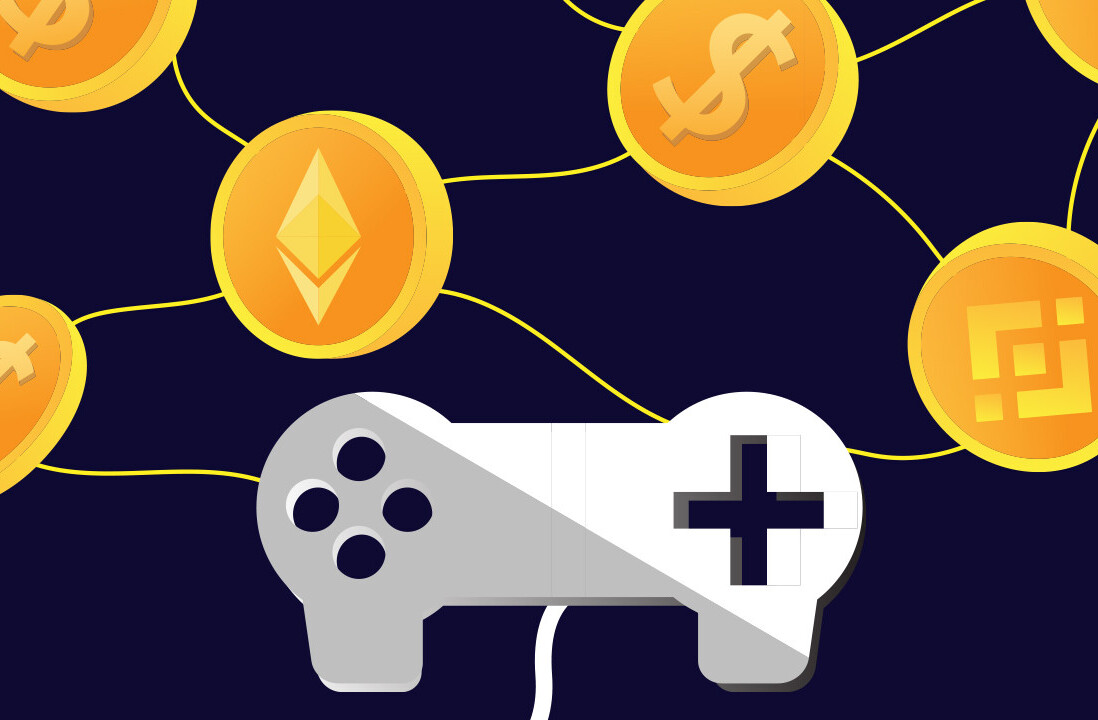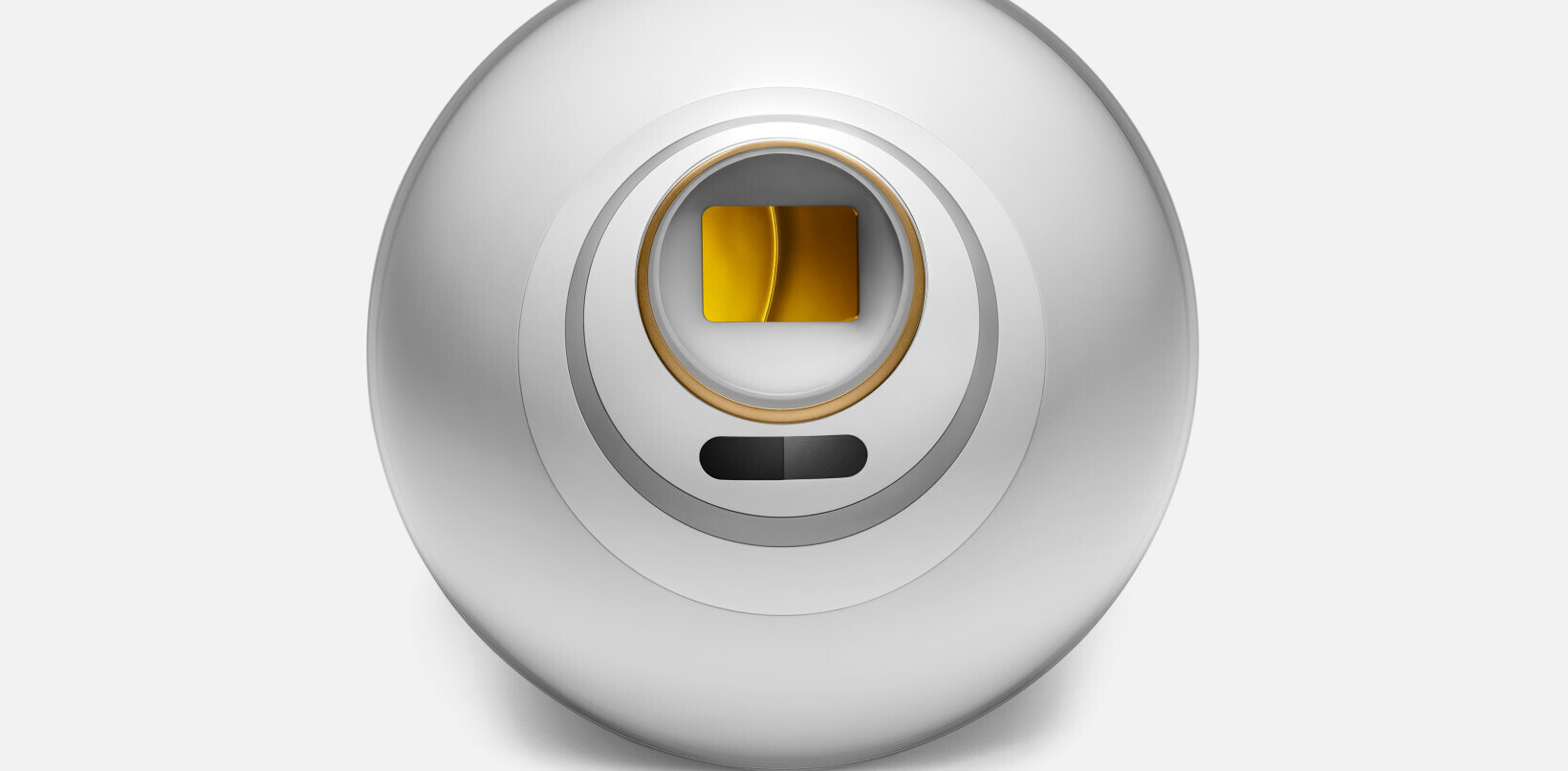
Welcome to Hard Fork Basics, a collection of tips, tricks, guides, and advice to keep you up to date in the cryptocurrency and blockchain world.
If you own any cryptocurrency, the chances are you’ve had to use an address, or a wallet, or both. It’s confusing, right? Well, it doesn’t have to be.
The fact of the matter is that a wallet and an address are not the same thing, but the differences are relatively easy to understand.
With this in mind, we’ll define what they each are and explain the differences without the unnecessary technical detail.
An address
When it comes to cryptocurrencies such as Bitcoin, an address is made up of random letters and numbers.
A Bitcoin address, for example, is usually made up of 26-35 alphanumeric characters and typically begin with the number 1, 3, or bc1.
All addresses represent a destination on the Bitcoin network. What you really need to know is that, unlike addresses in the real-world, Bitcoin addresses are only meant to be used once.
Basically, the idea is that for each Bitcoin transaction, users will generate a unique, single-use address to provide to senders.
Hard Fork has previously explained what they are and how they work in a bit more detail here.
A wallet
A wallet comes with an address by default, which is why things can get confusing at times.
But, although a wallet comes with an address, it’s important to remember that it’s not the same as an address.
A cryptocurrency wallet can consist of a string of different addresses. The fact that it’s called a wallet can be a little misleading because it doesn’t actually hold all your credit cards in the say way that Apple Pay does, for example.
Instead, a cryptocurrency wallet is more similar to a key ring because it holds a copy of each private key and its corresponding address. If it’s a good wallet, it should also automatically generate fresh Bitcoin addresses with every transaction.
So regardless of whether you own just Bitcoin, or Ethereum, or a host of several different cryptocurrencies, all you need to do is open your wallet to gain access to all the different addresses contained within it.
As you might expect, there are different ways you can access your cryptocurrency wallet: on a desktop, on a browser, or by using a physical wallet. Otherwise known as “cold storage,” physical wallets are more secure because they’re offline and less susceptible to hacks.
For more information about choosing your first crypto wallet, check out our handy guide here.
Get the TNW newsletter
Get the most important tech news in your inbox each week.




